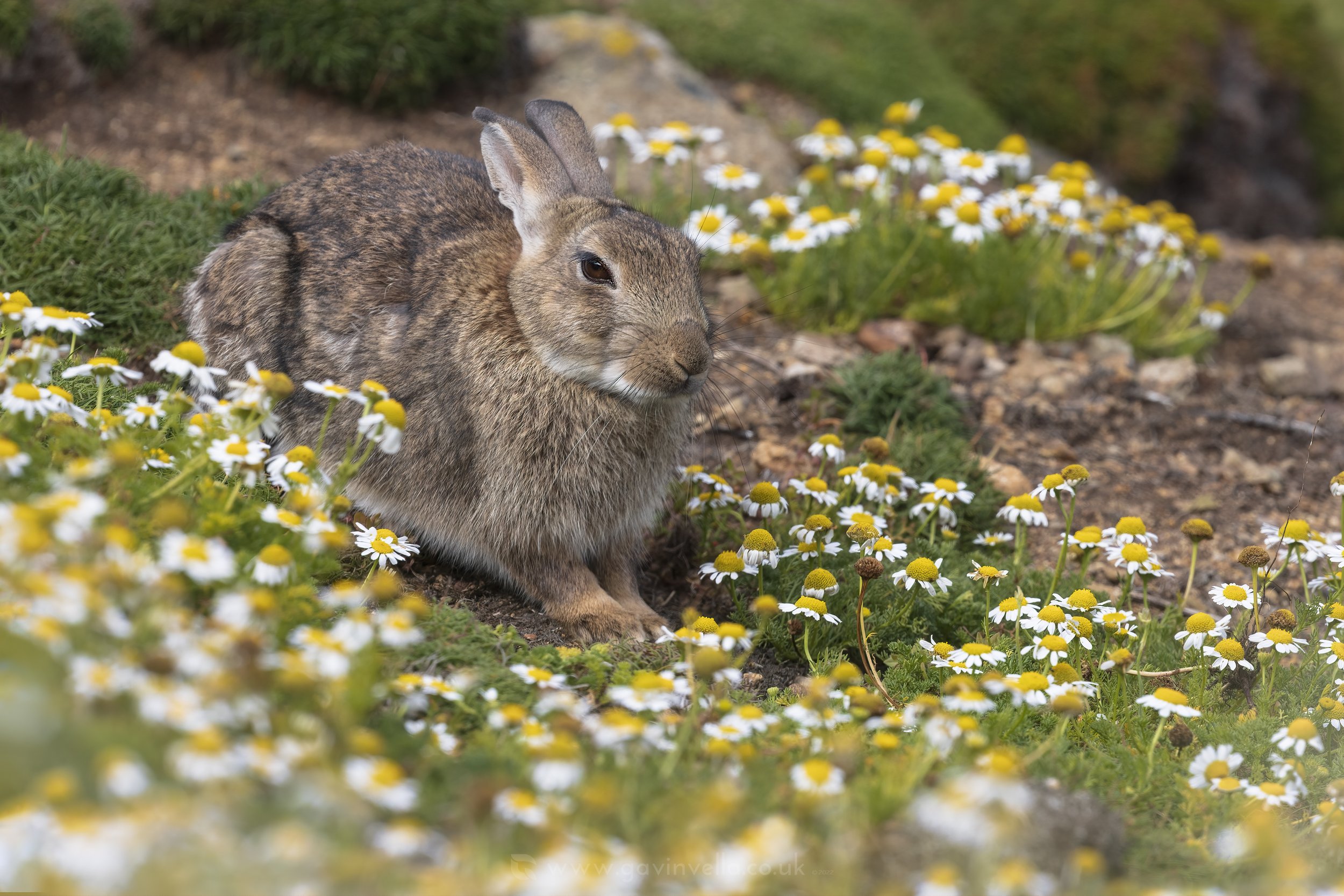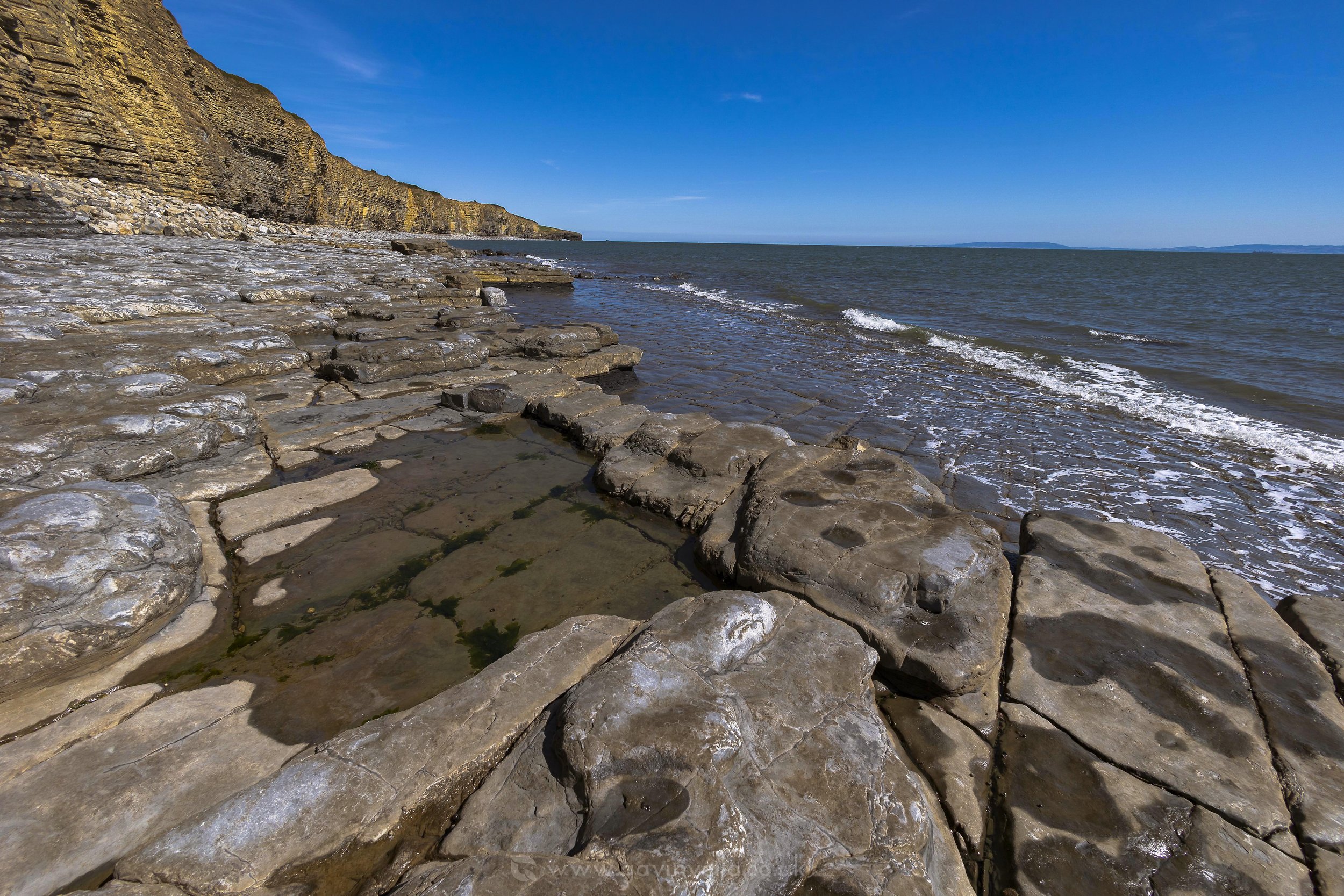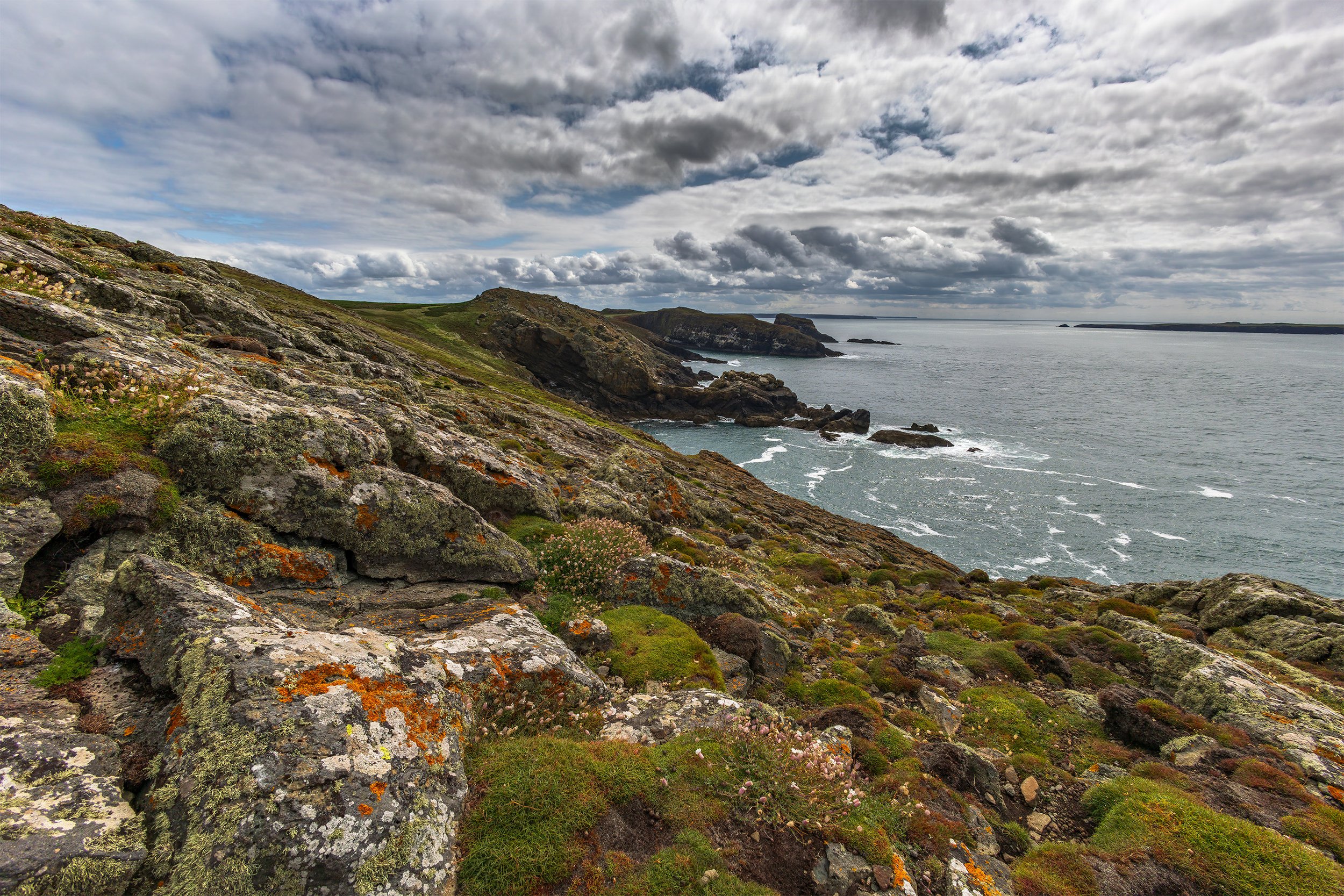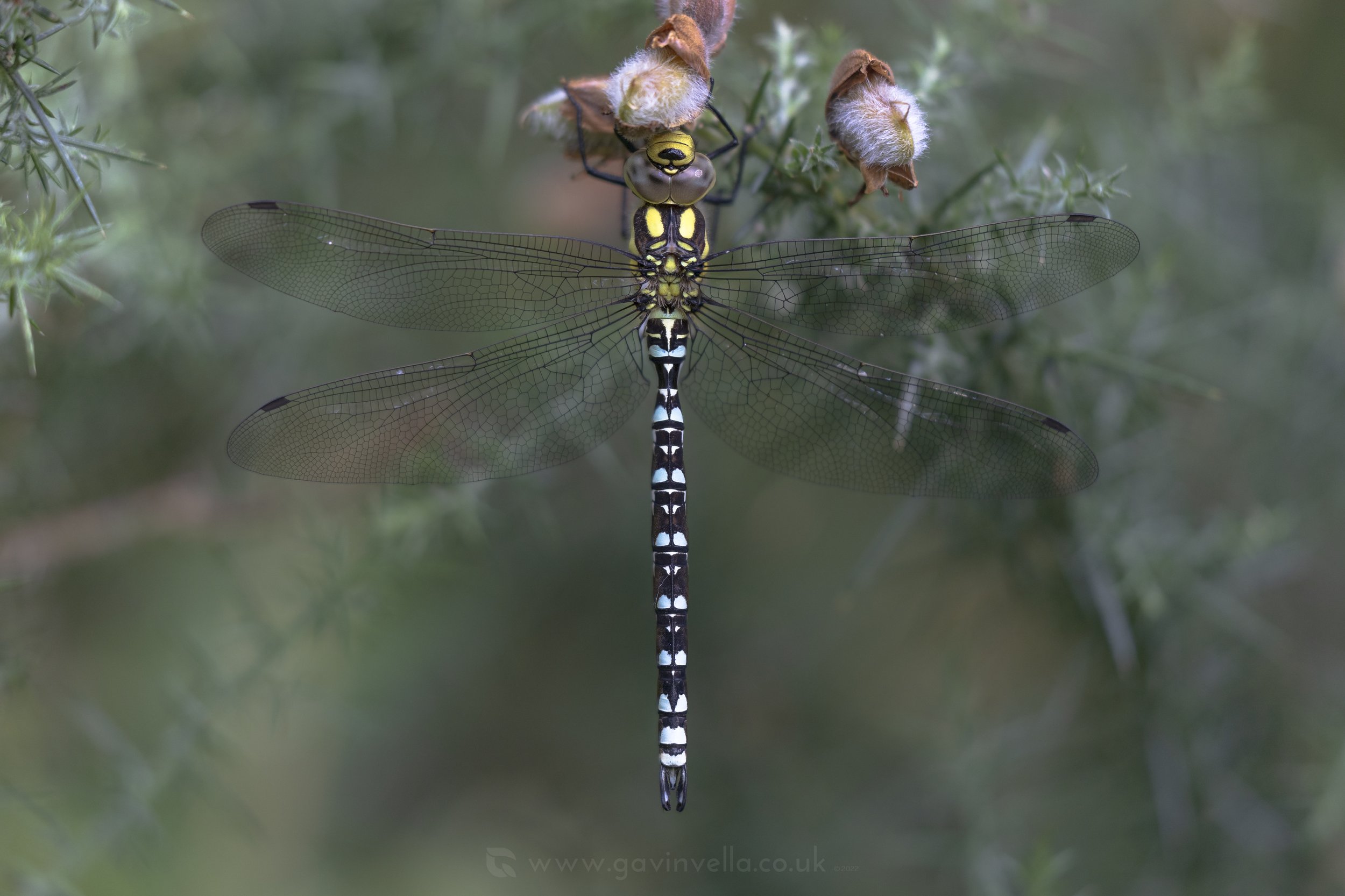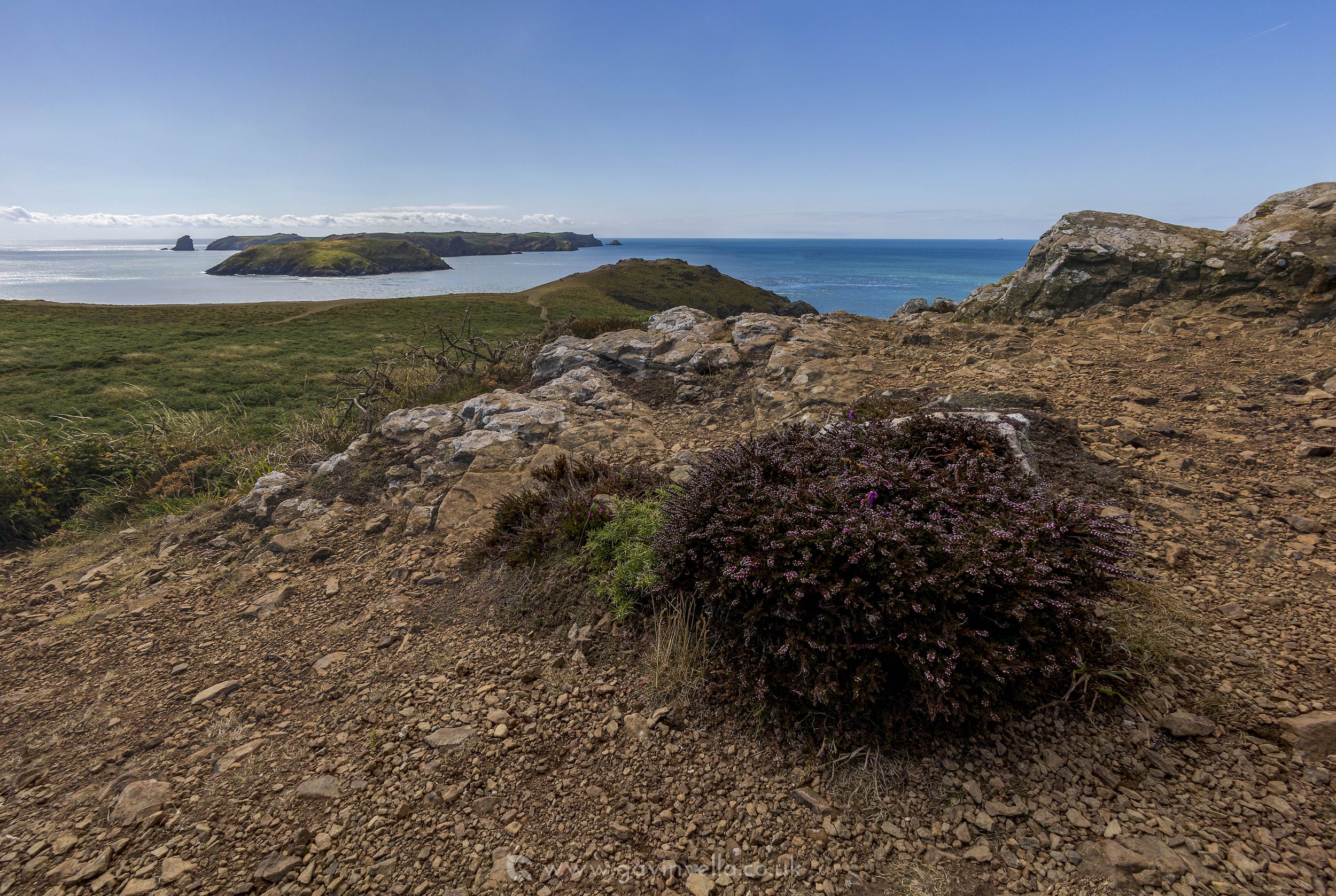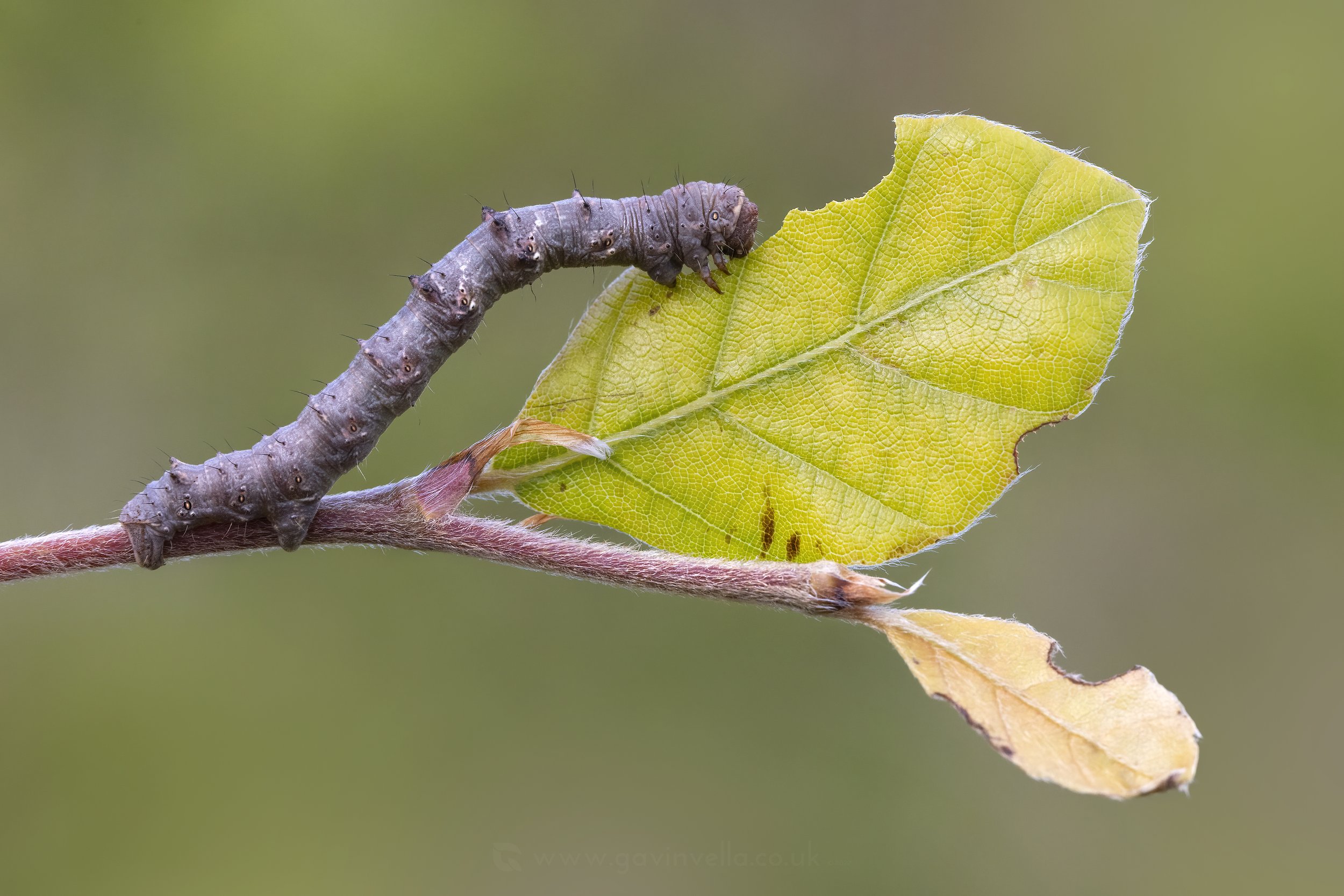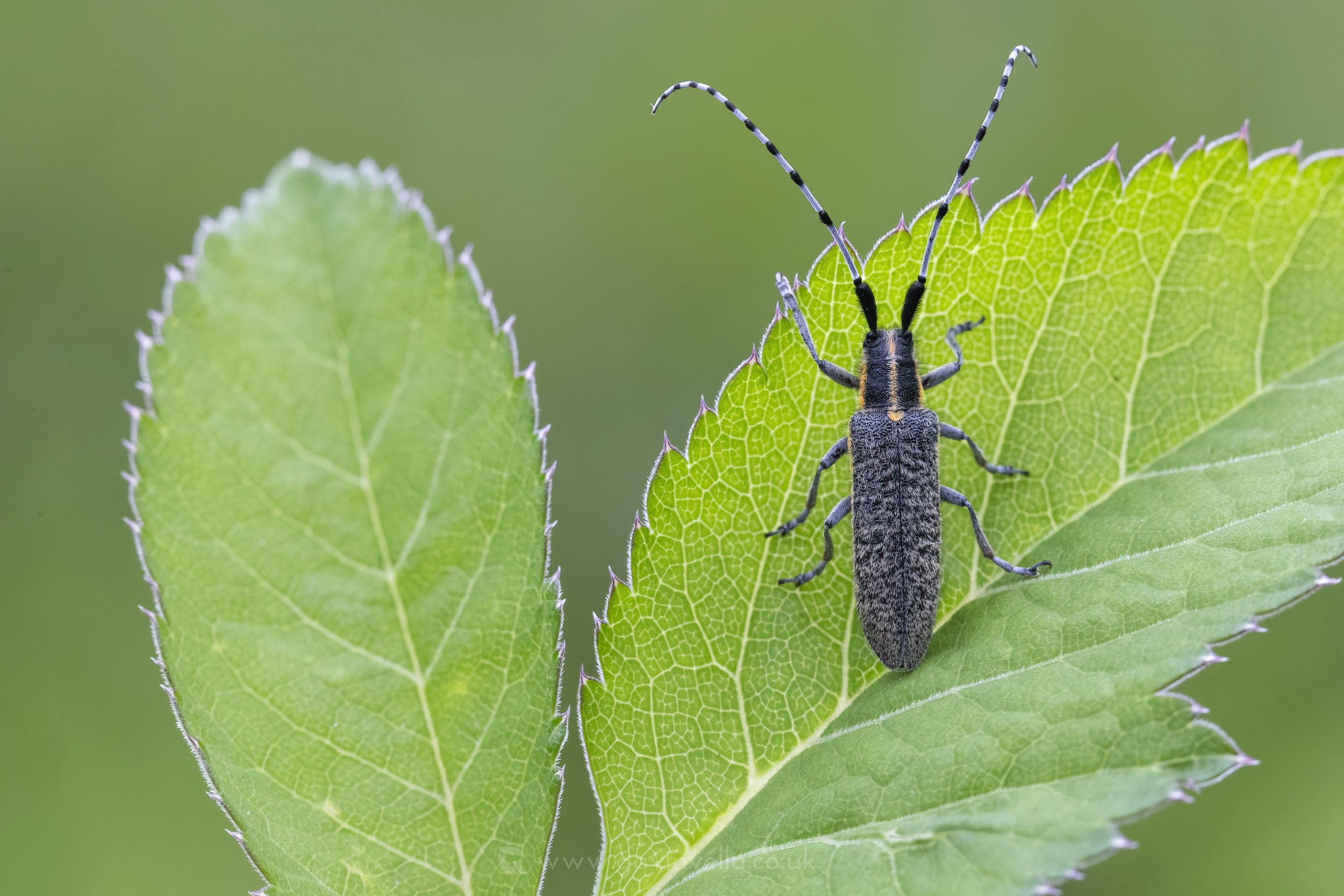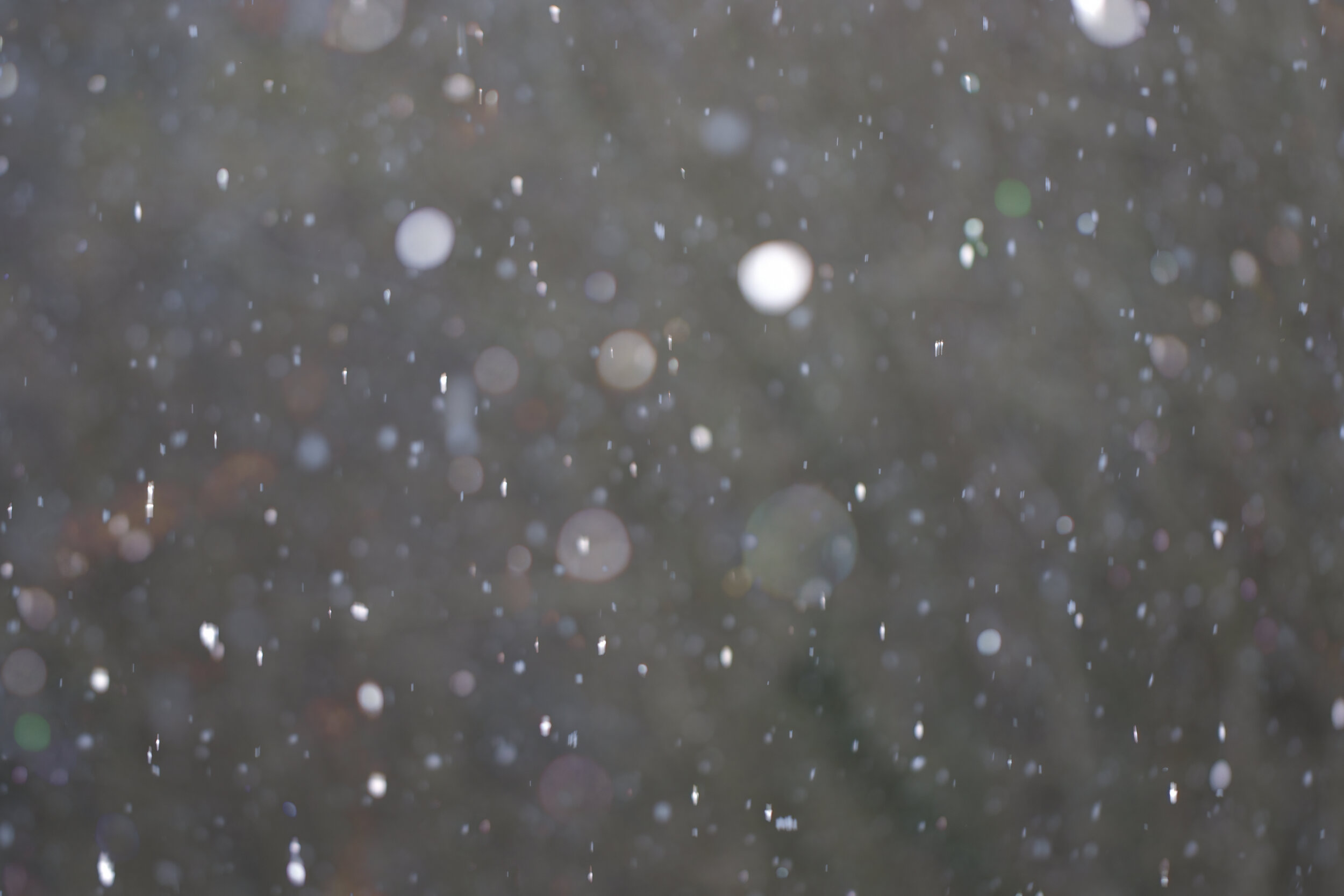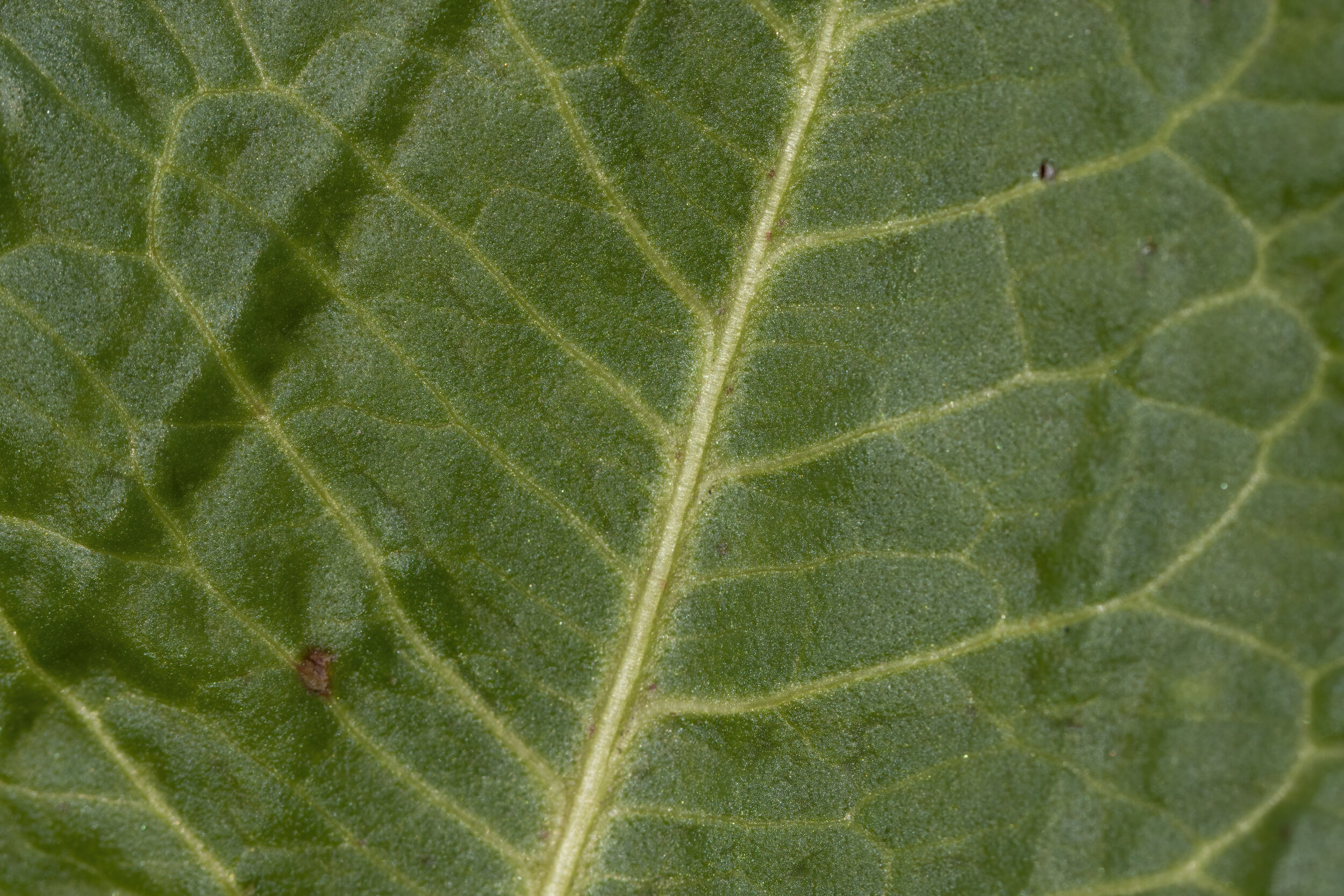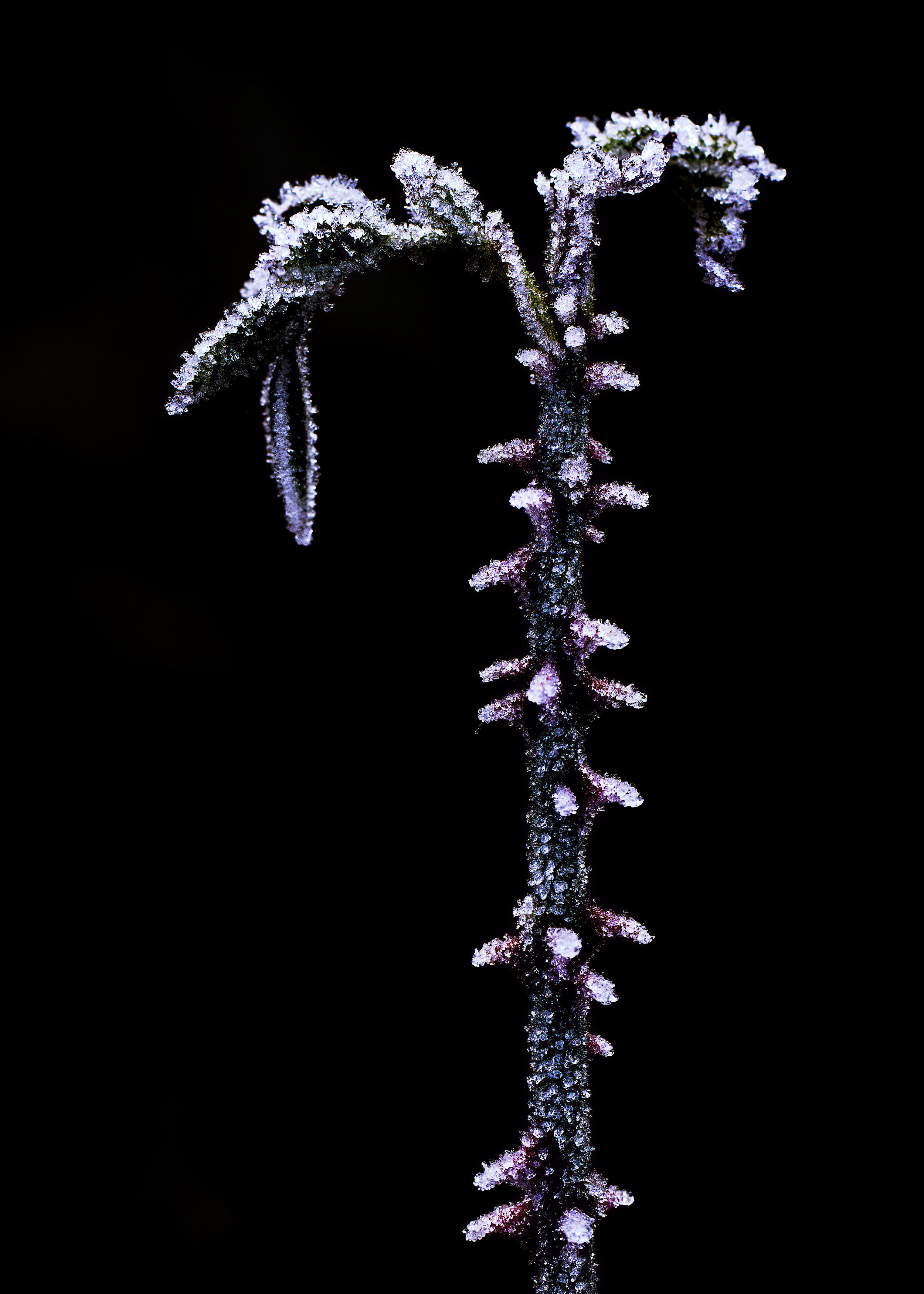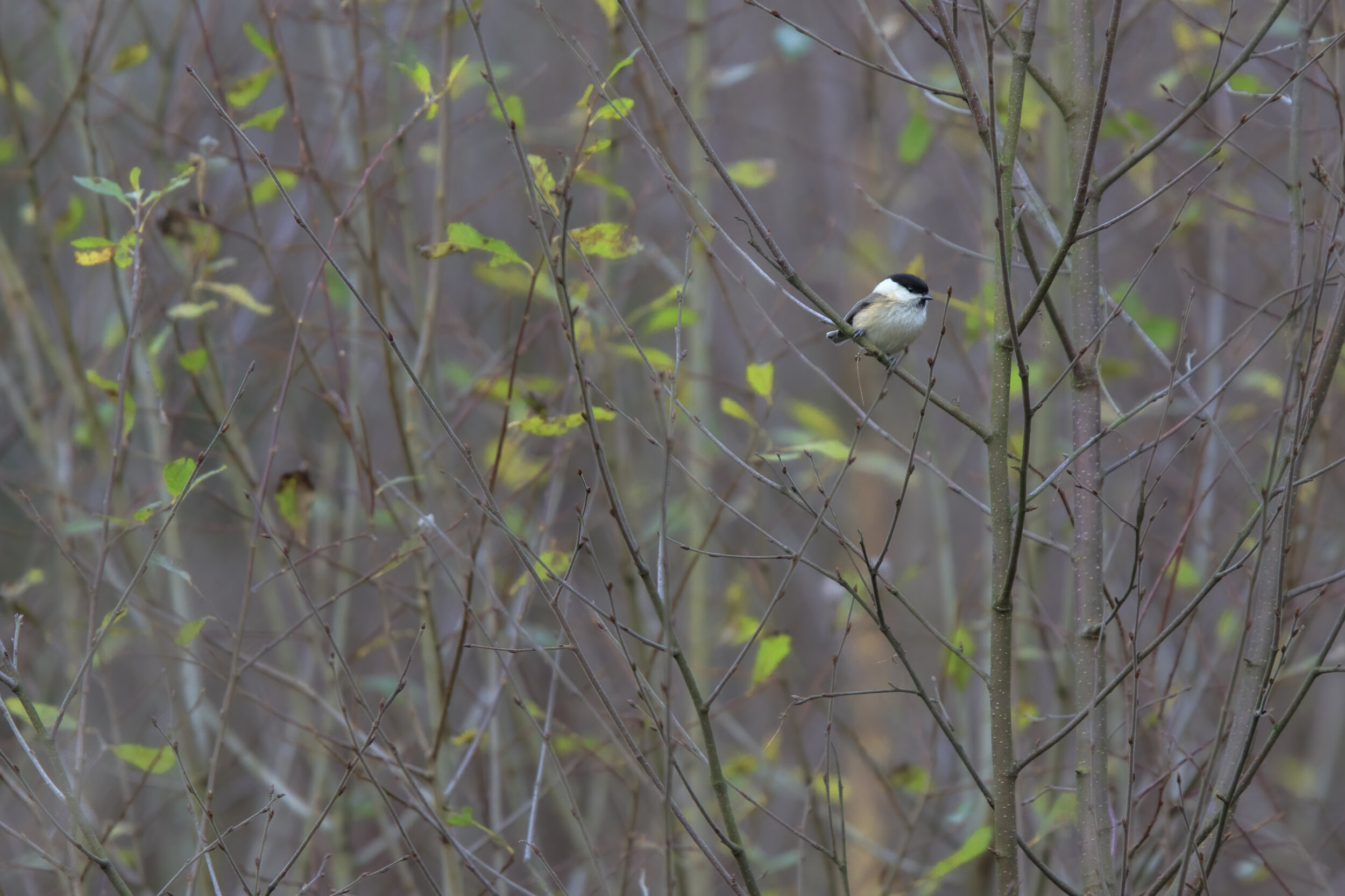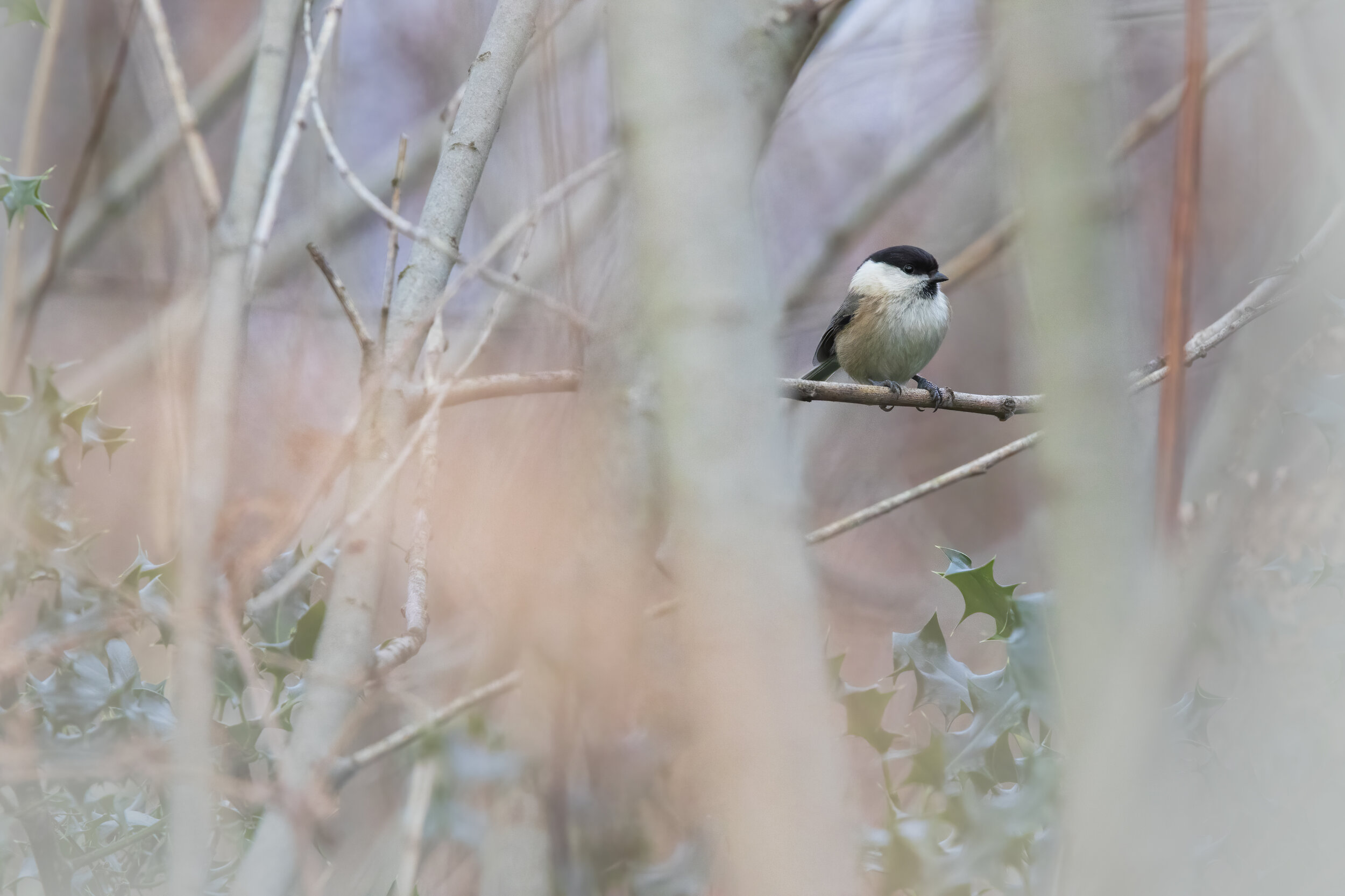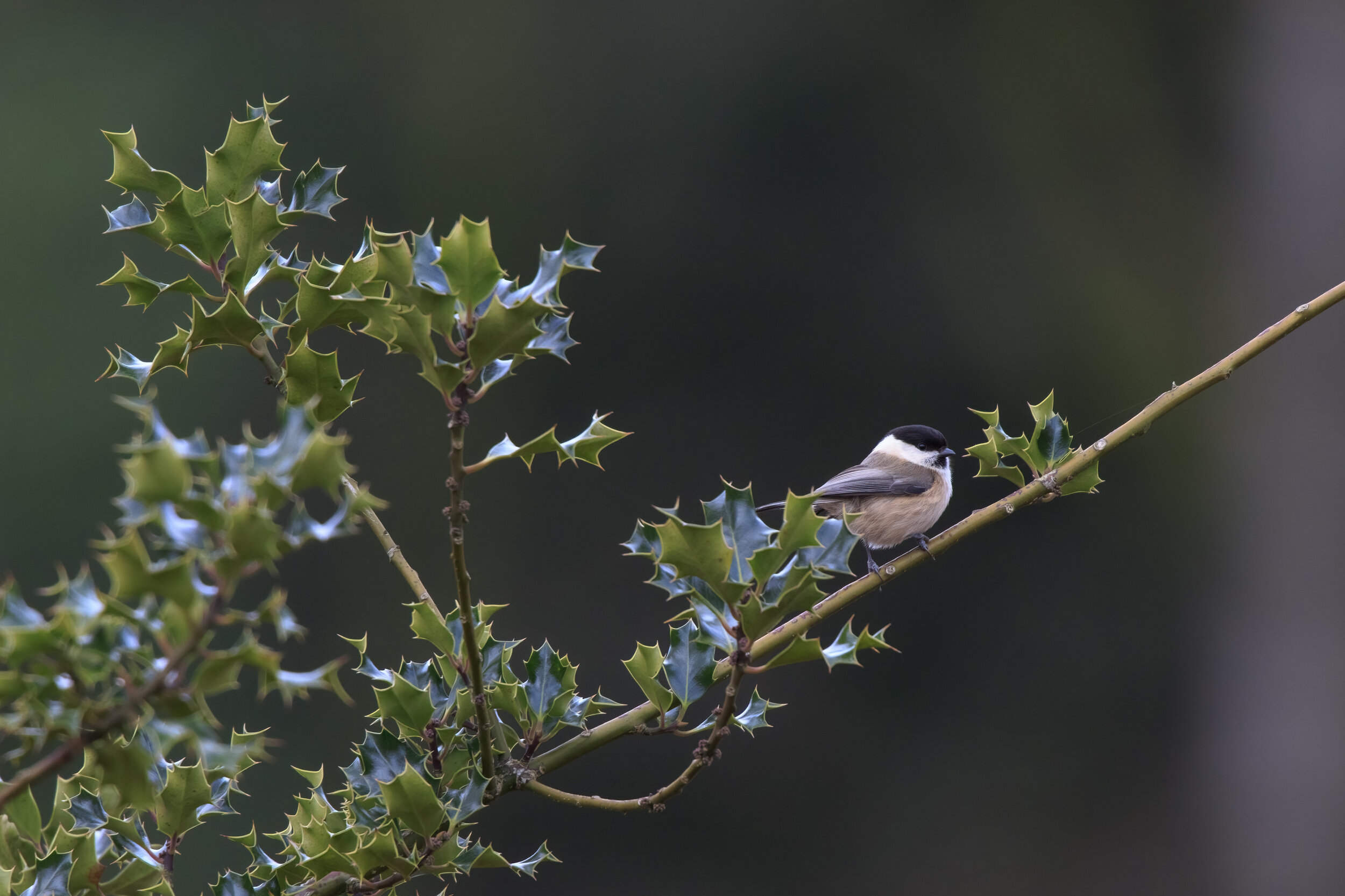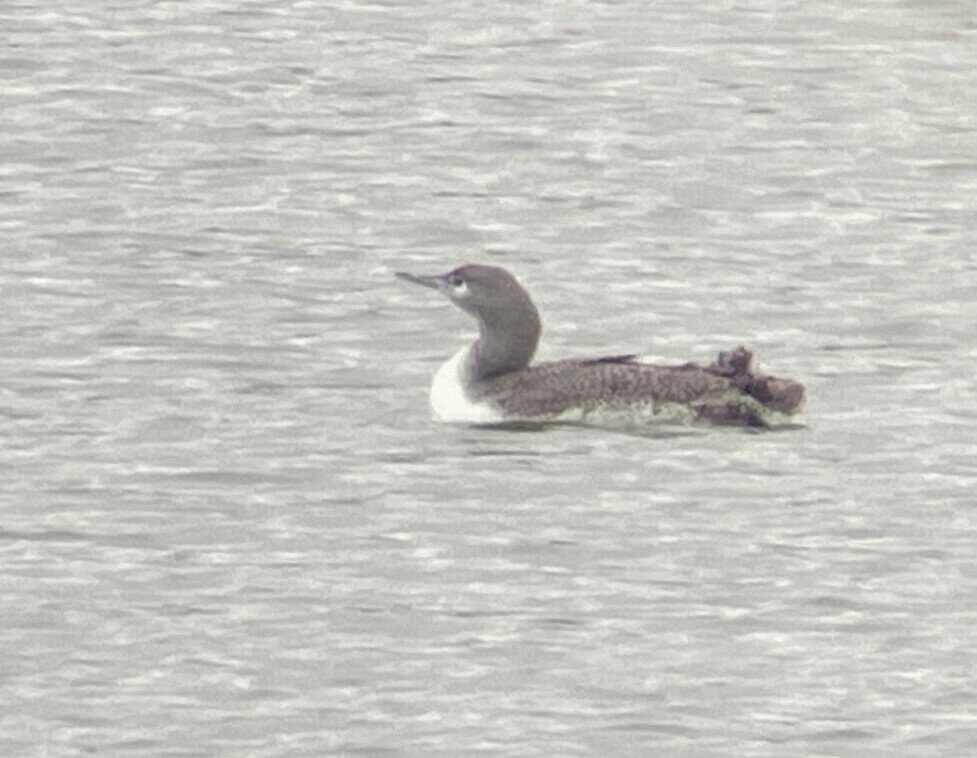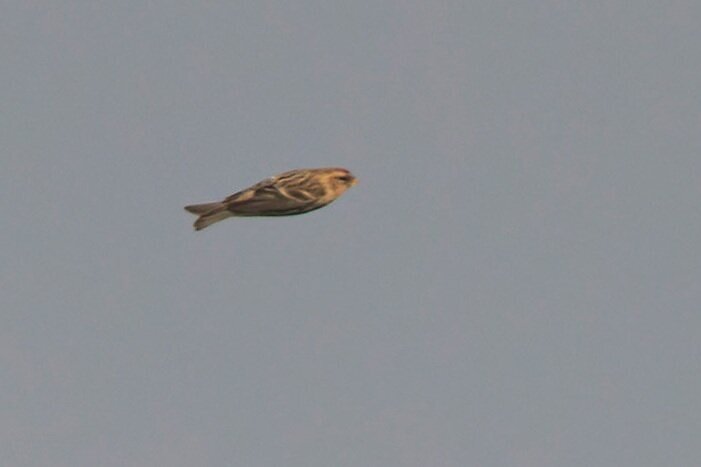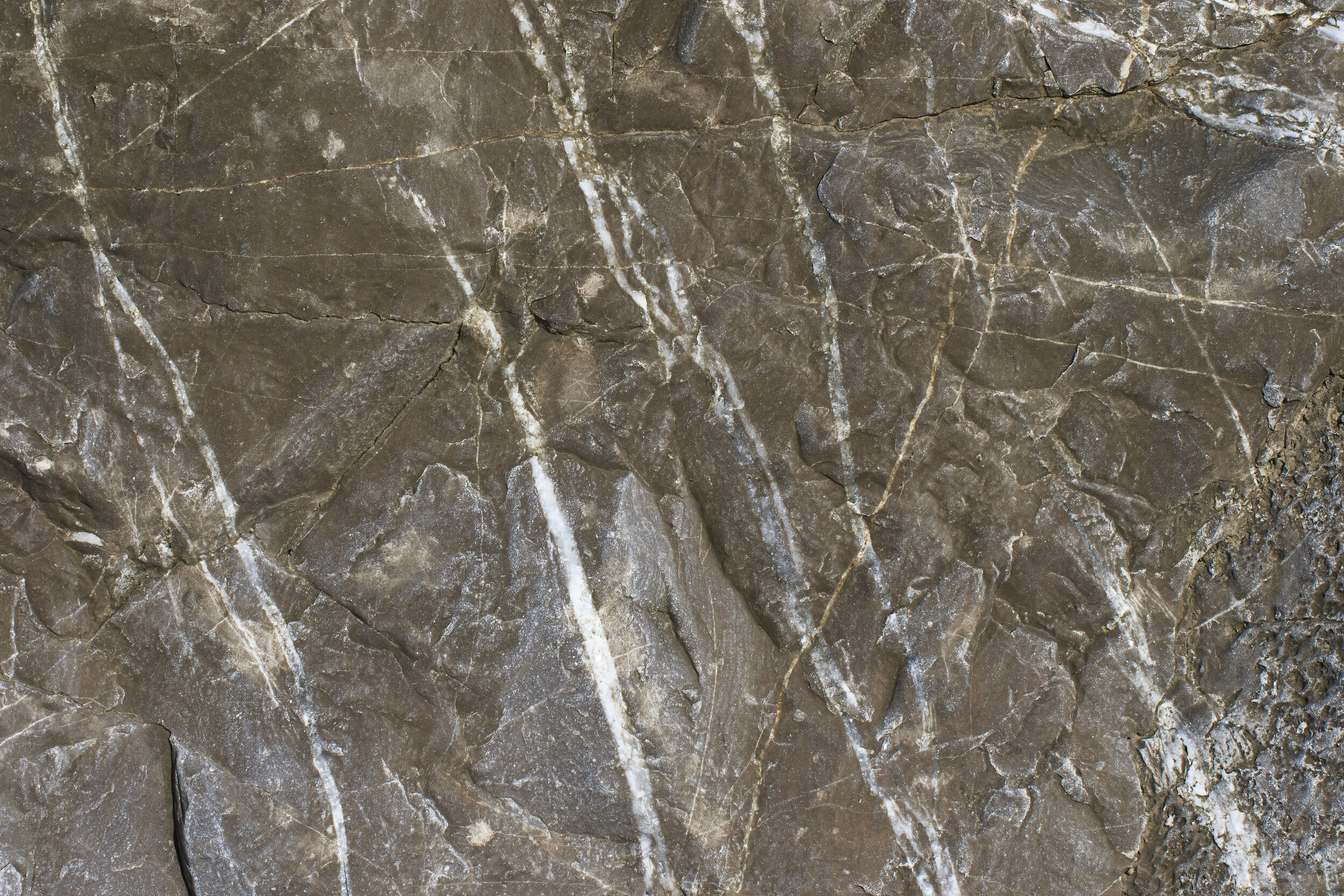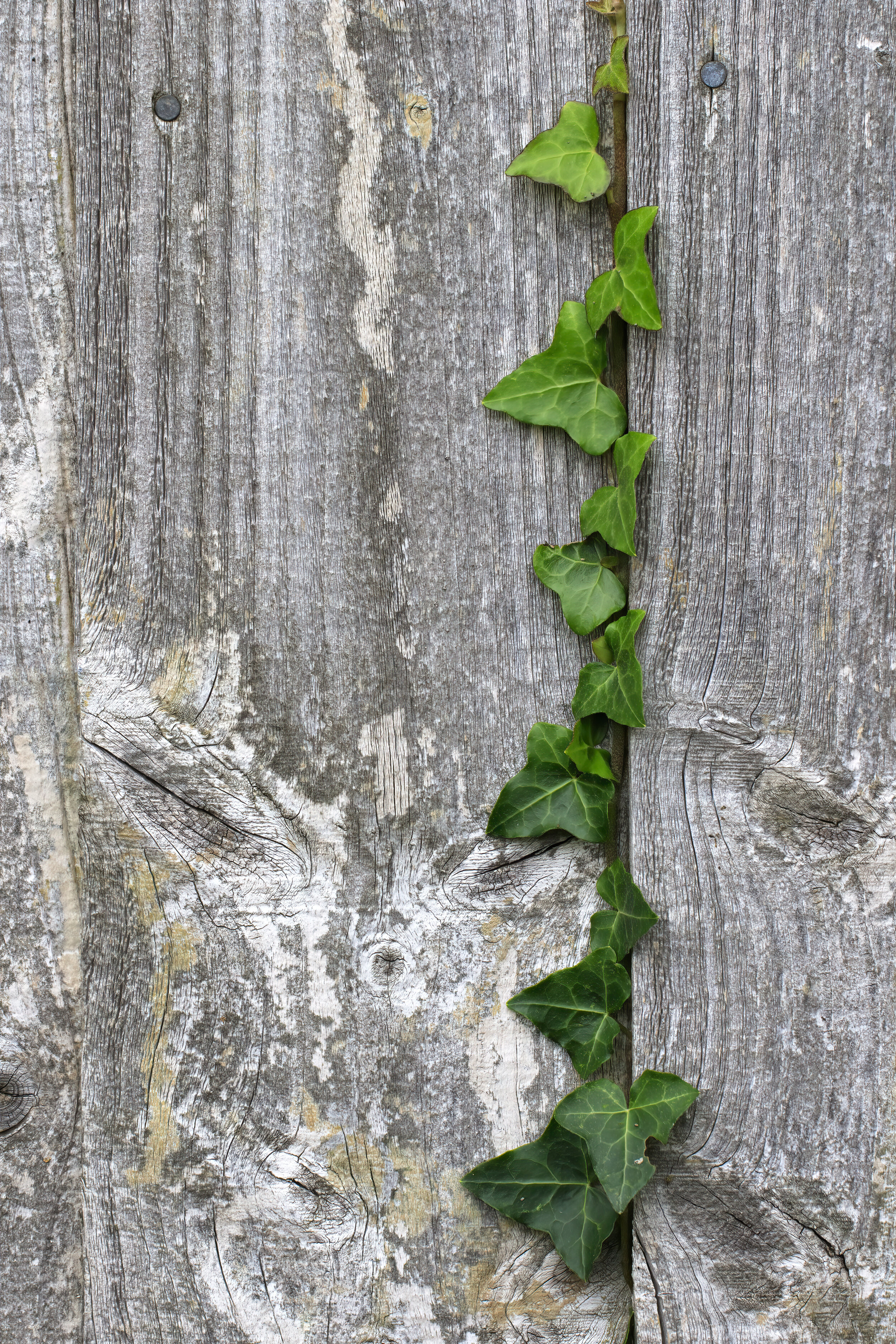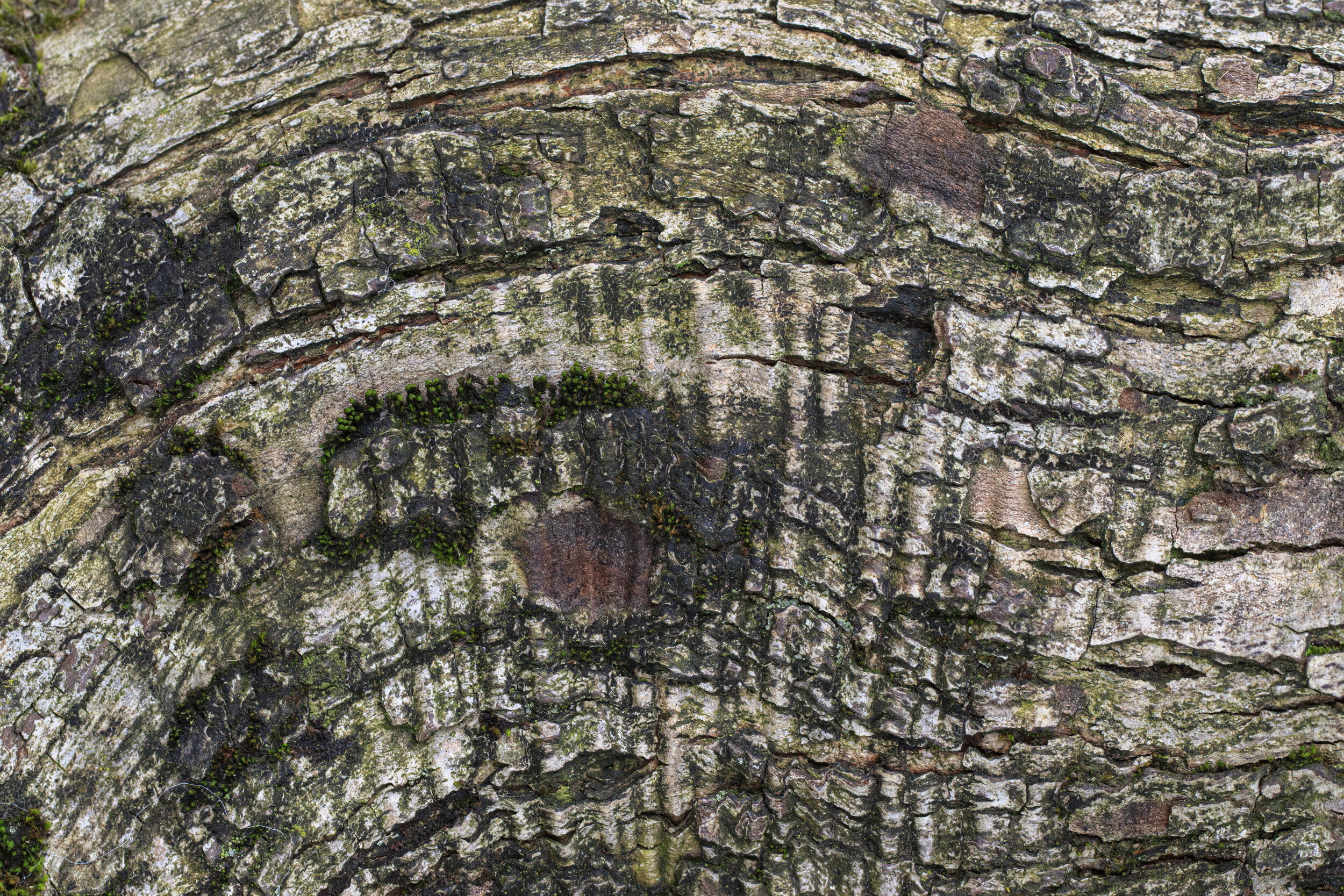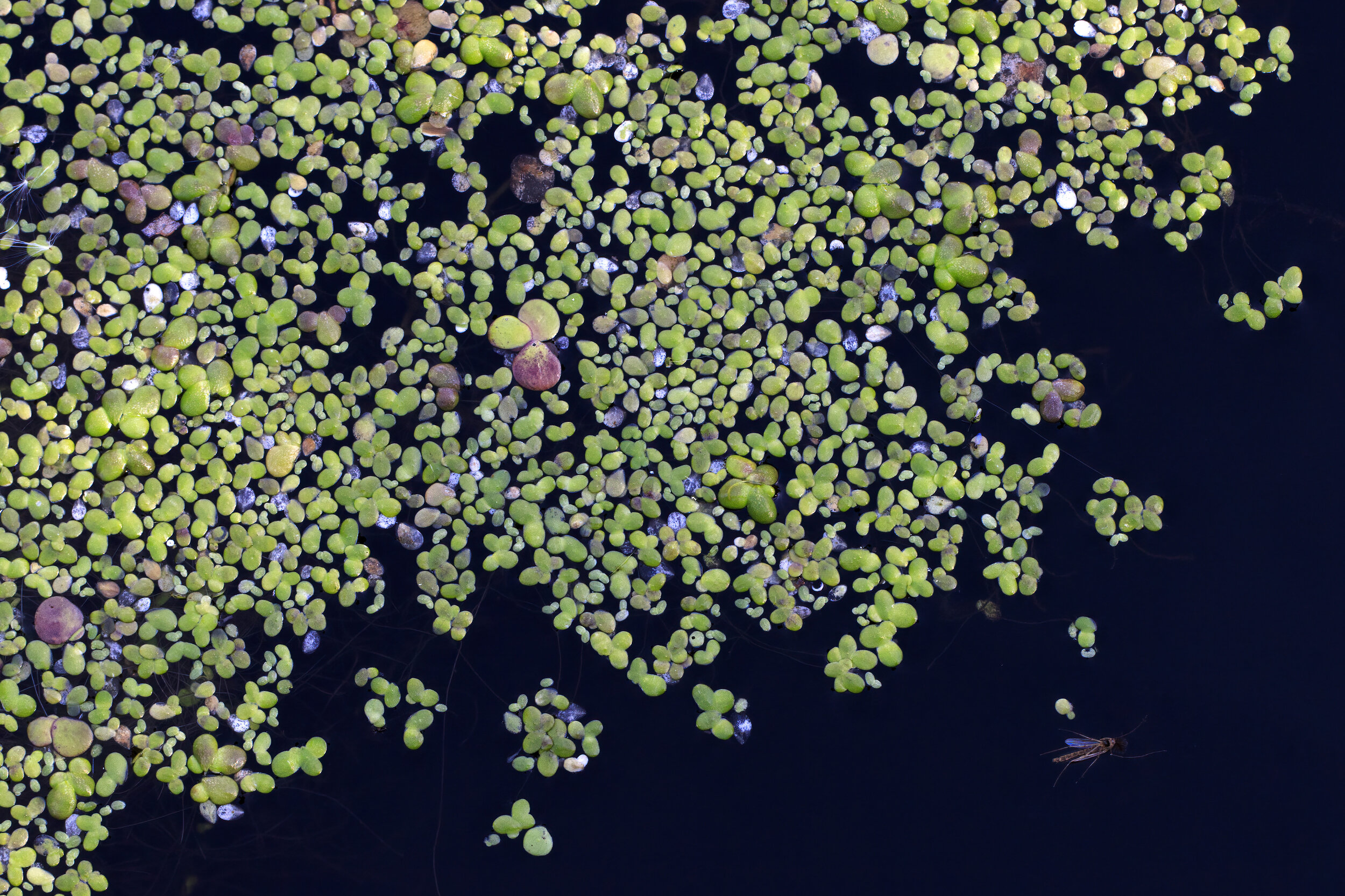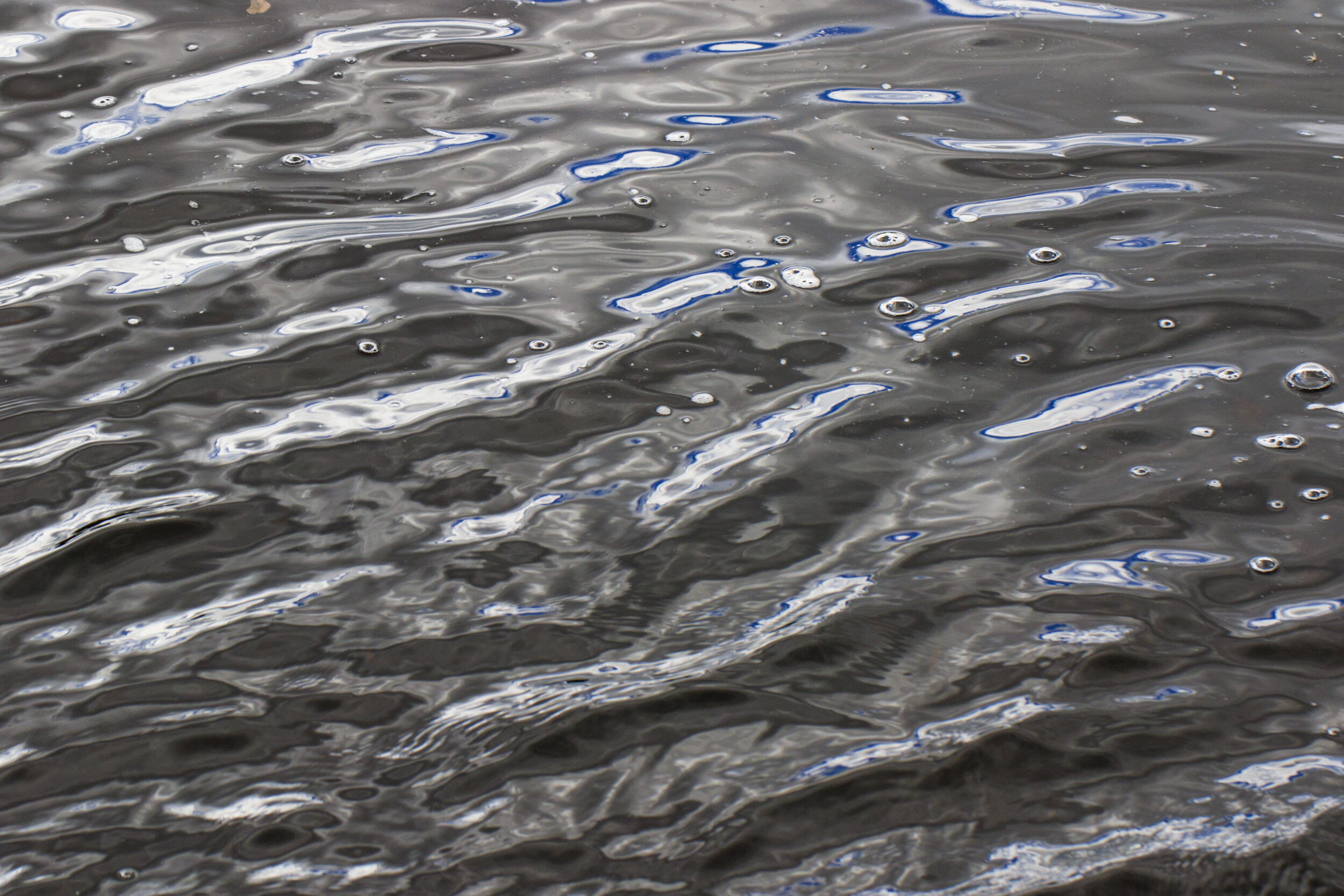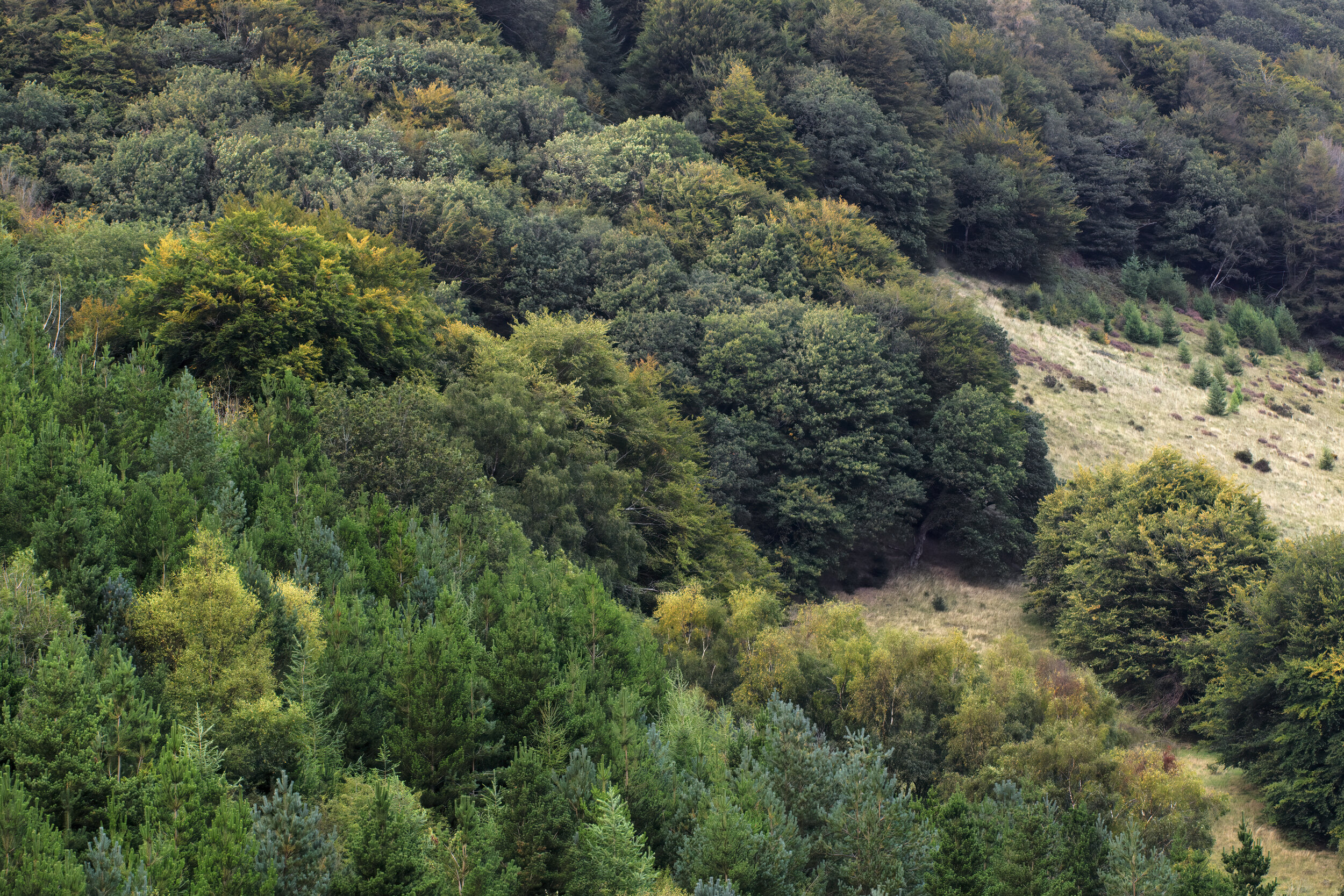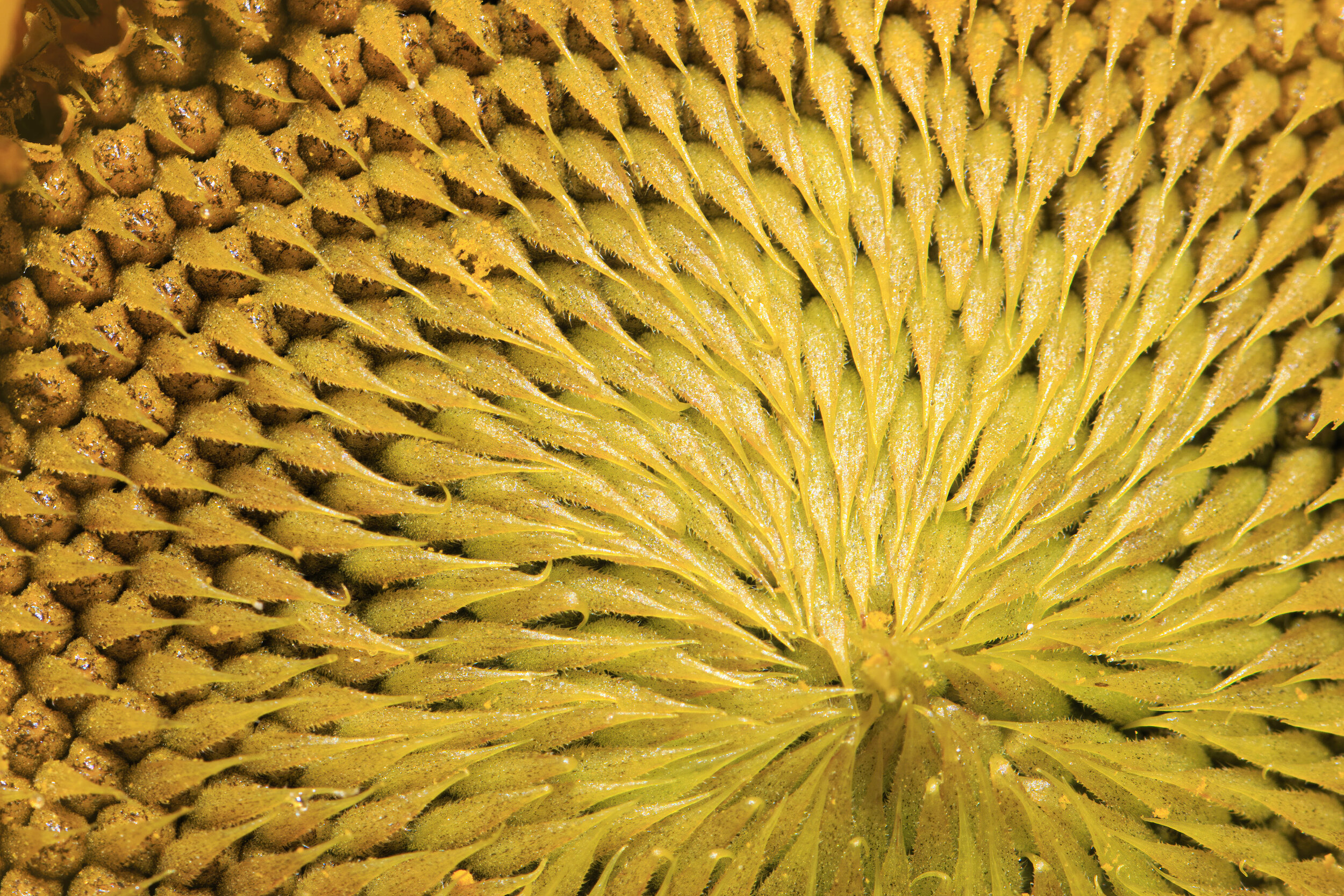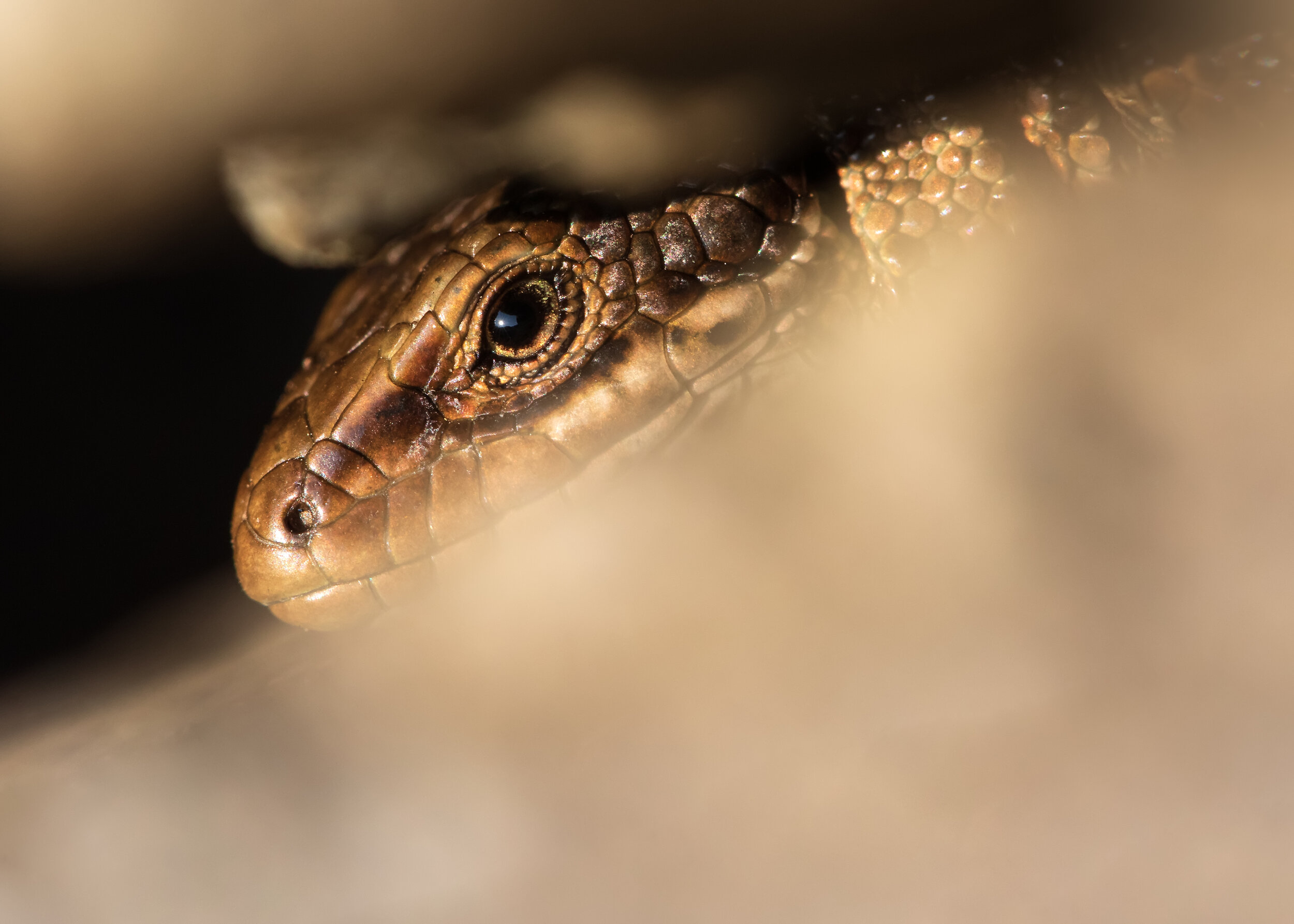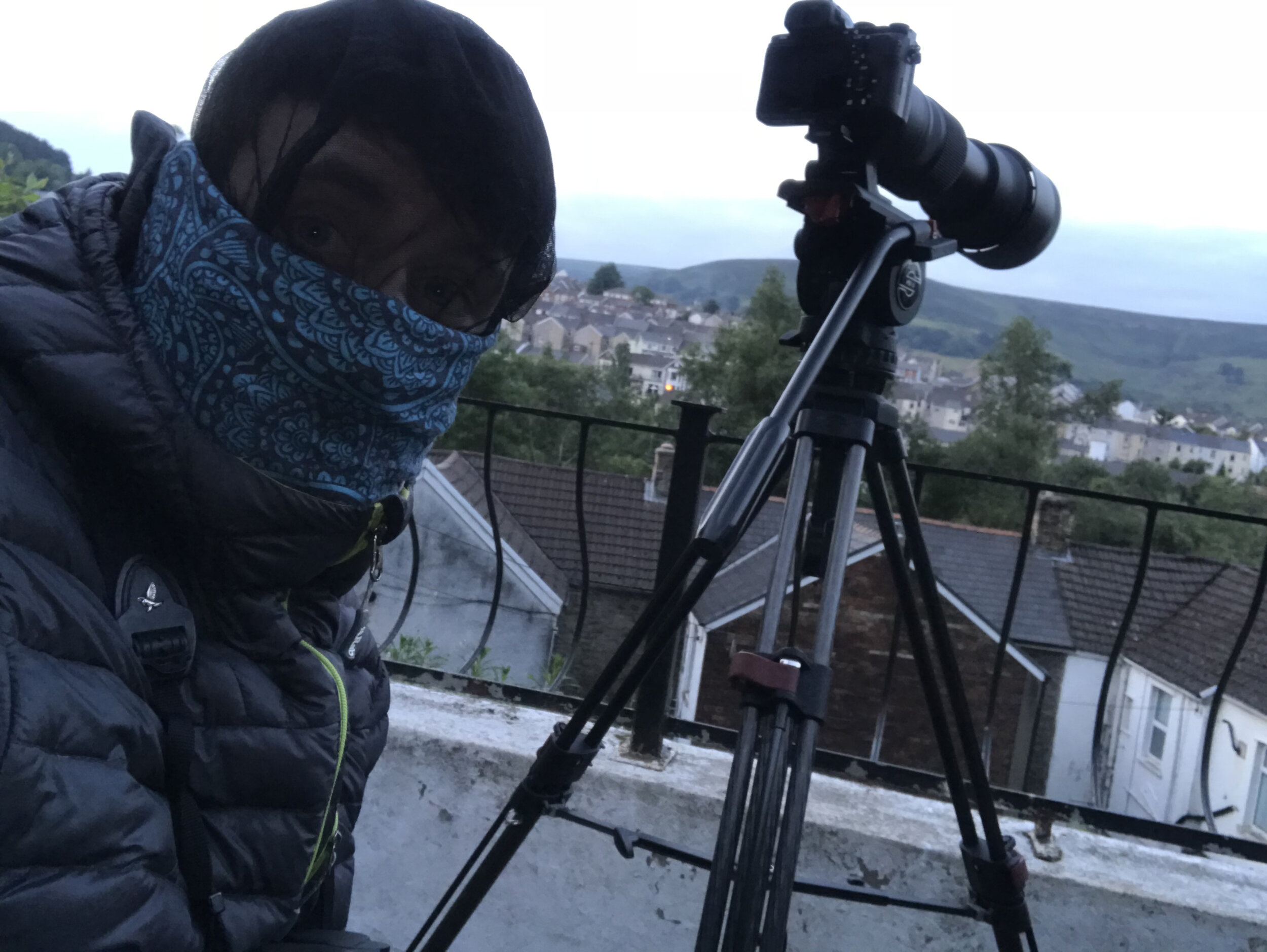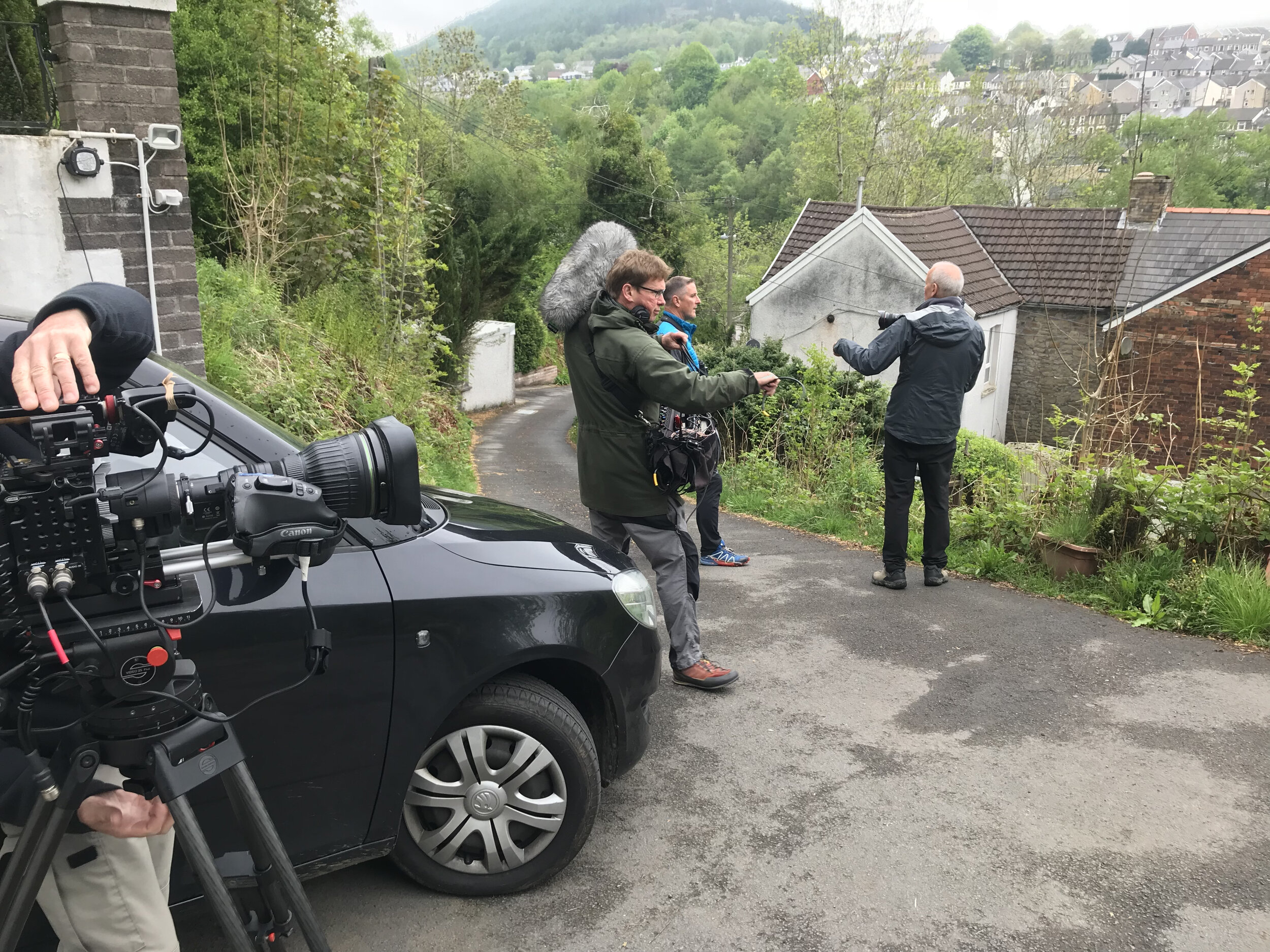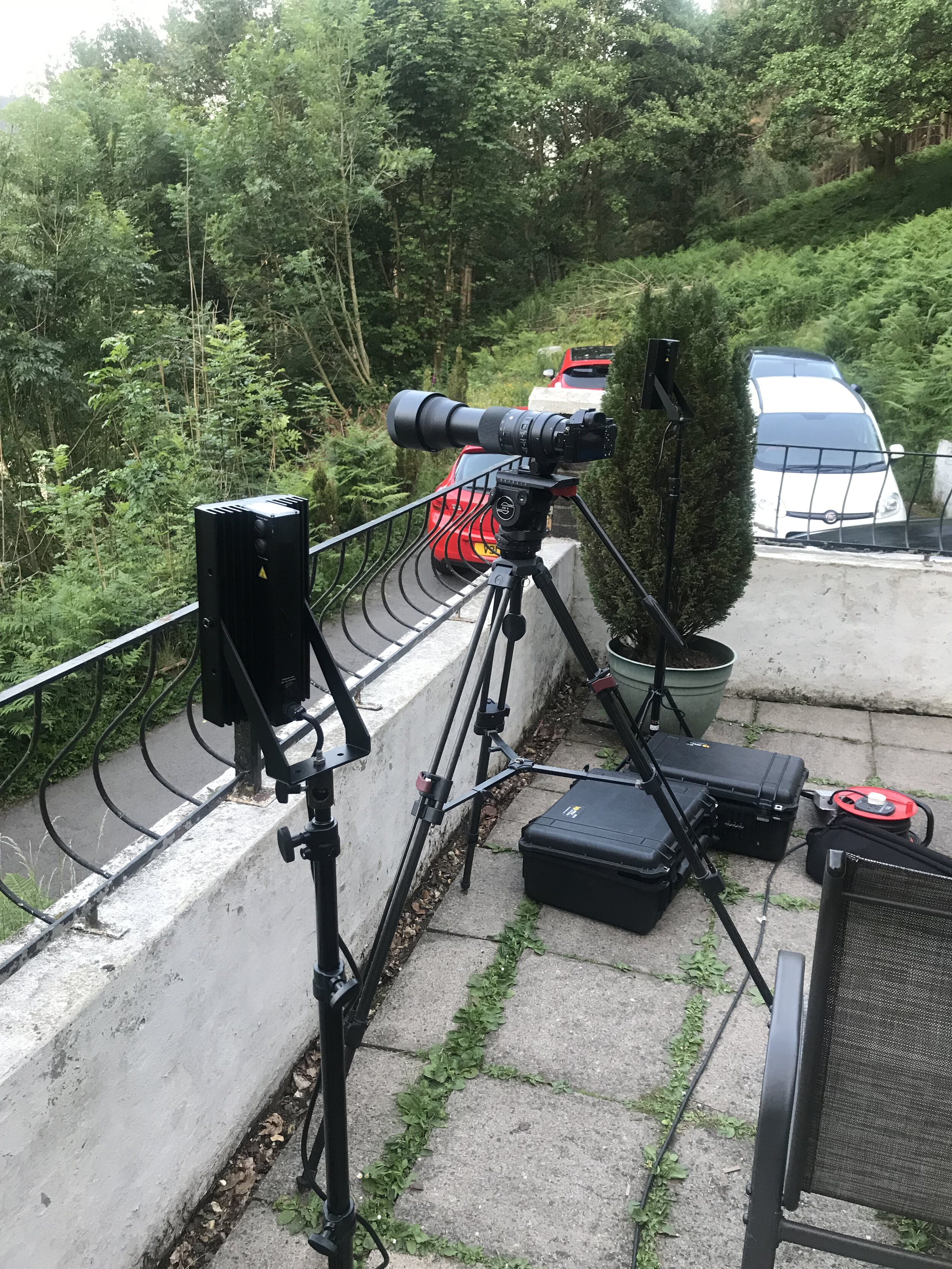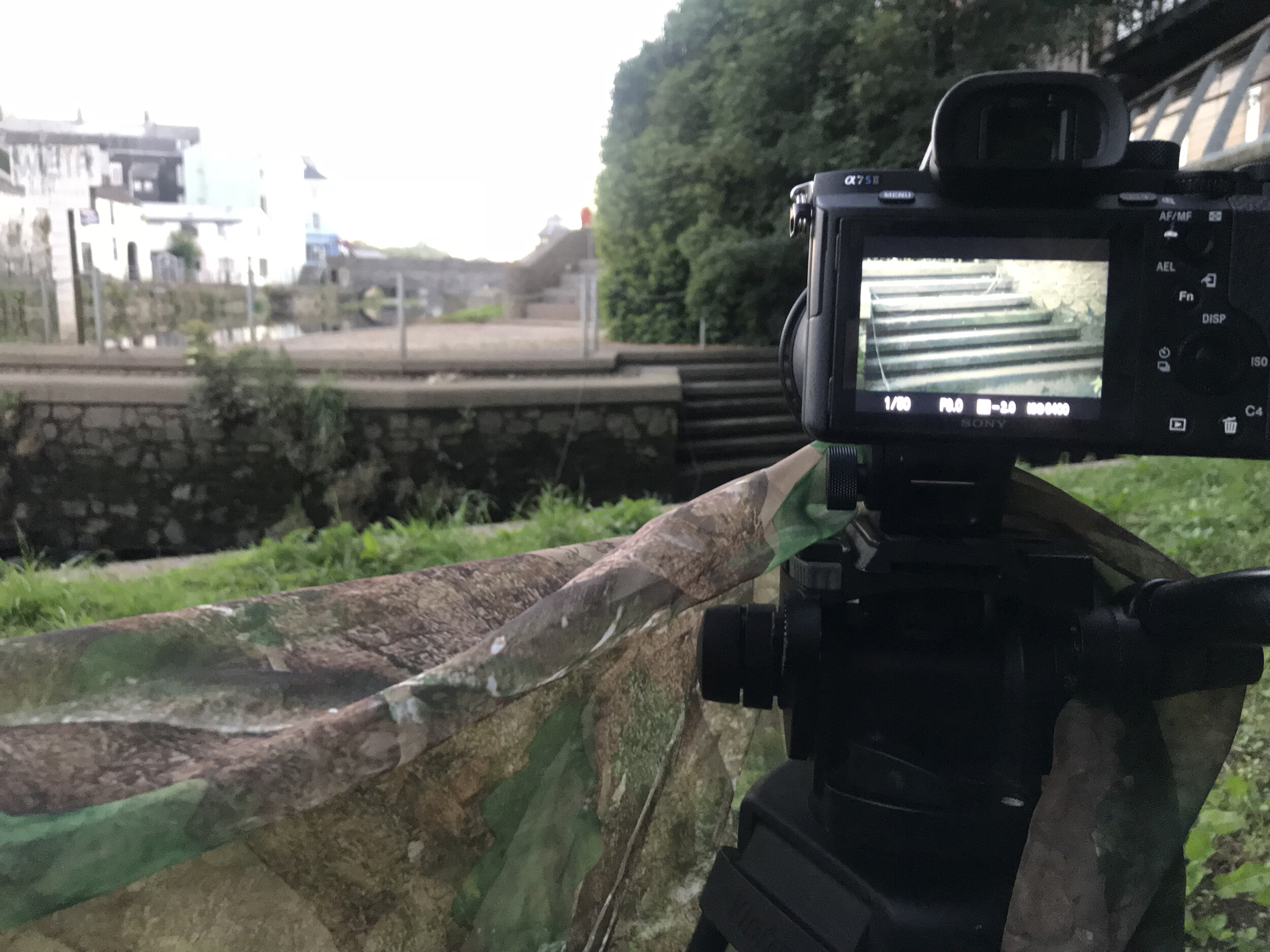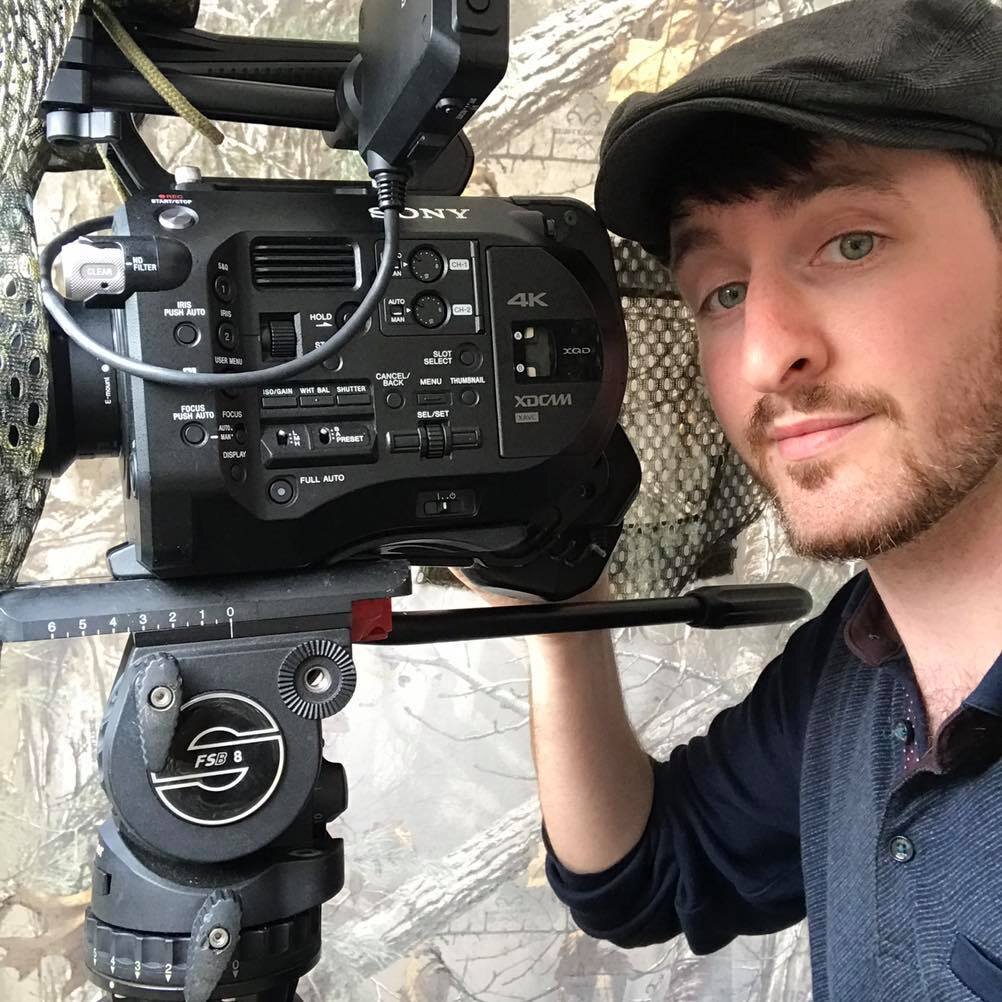I’m back! For now.. Starting to realise that this is less of a blog and more of an account of how busy I am. This summer being quite an exceptionally busy one but even more so now that we have decided to move home! Probably the worst time to buy a house but also the best time to sell, as the market is very high at the moment. We have found a new home so provided everything stays on track, we’ll be looking to move before Christmas. Fingers crossed! Excited, but also very anxious, especially with the increase in energy prices..
What does this mean for me? Well, in the new house we’ll be building an office so I’ll have a more productive space to work from. More space in general, but despite being located not too far from where we are now, it is on the edge of the mountainside so we get closer access to what little wild area is left in Torfaen.. Having a patch that I can walk to from the house is quite beneficial to me and it’s something I’ve really missed since the loss of land at south Sebastopol, where 1600 homes are currently being built. It was a beautiful and still is a beautiful spot, but it had wildflower meadows that were full of Orchids, Butterflies, Grasshoppers, and even had specialist species like Glow Worms, Otter, Adders, Barn Owls, Kestrels and much more. So to see it gone right before lockdowns hit, we really felt trapped with no wild areas to escape to. Something that has proven to be quite important to my own mental health. Of course, we’re back to some sort of normality now so having my freedom has really helped. Despite the freedom, this year we really haven’t travelled that far, staying mostly local, with the acceptation of one planned trip to Skomer Island that Jodie organised for my Birthday, followed by a few more trips to the coastline as we got the taste for the sea. That was such a great trip and well worth the miles we racked up. I’ll include some images below from my travels and I’ll end with a few sound recordings from a new pair of microphones that I plan on using for scheduled sound walks in the coming weeks.
I’ll give some more updates of Nightjar season on a later blog, as it’s been a great season, even if I was too busy to enjoy the second half of it. For now, here’s some sound recordings of Great Green Bush-crickets and some soothing sounds of Waves from some of my trips to the coastline.
Here’s a slomo version of the sound circket, as the full speed recording is quite high pitched and sadly not all can here it anymore.
One for the headphones, especially if you’re struggling to sleep.
It’s been a stupidly dry and hot summer, so the sound of this rain was really welcomed!


